Allen & Unwins House of Books aims to bring Australias cultural and literary heritage to a broad audience by creating affordable print and ebook editions of the nations most significant and enduring writers and their work. The fiction, non-fiction, plays and poetry of generations of Australian writers that were published before the advent of ebooks will now be available to new readers, alongside a selection of more recently published books that had fallen out of circulation.
The House of Books is an eloquent collection of Australias finest literary achievements.
Born in London and based in Melbourne, Gideon Haigh has been a journalist almost thirty years, and written widely on business, sport, both and neither.
He is the author of twenty-five books, among them The Office: A Hardworking History, numerous books on the Ashes series, Sphere of Influence: Writings on Cricket and its Discontents and the multi-award-winning Asbestos House: The Secret History of James Hardie Industries.
 HOUSE of BOOKS
HOUSE of BOOKS
GIDEON HAIGH
The Big Ship
Warwick Armstrong & the Making of Modern Cricket
This edition published by Allen & Unwin House of Books in 2012
First published by Text Publishing, Melbourne, in 2001
Copyright Gideon Haigh 2001
All rights reserved. No part of this book may be reproduced or transmitted in any form or by any means, electronic or mechanical, including photocopying, recording or by any information storage and retrieval system, without prior permission in writing from the publisher. The Australian Copyright Act 1968 (the Act) allows a maximum of one chapter or 10 per cent of this book, whichever is the greater, to be photocopied by any educational institution for its educational purposes provided that the educational institution (or body that administers it) has given a remuneration notice to Copyright Agency Limited (CAL) under the Act.
Allen & Unwin
Sydney, Melbourne, Auckland, London
83 Alexander Street
Crows Nest NSW 2065
Australia
Phone: (61 2) 8425 0100
Email: info@allenandunwin.com
Web: www.allenandunwin.com
Cataloguing-in-Publication details are available from the National Library of Australia
www.trove.nla.gov.au
ISBN 978 1 74331 517 0 (pbk)
ISBN 978 1 74343 224 2 (ebook)
IN MEMORY OF AB
19692001
A FRIEND AND EXAMPLE
Contents
T owards the end of Warwick Armstrongs life, he occasionally went walking near his Sydney home with erstwhile teammate Hunter Hendry and the Australian opening batsman Jack Fingleton. The latter, a journalist with Sydneys Sun, could recognise a story when he saw it, and wondered if he might coax the legendary captain into reminiscing about his earlier life and times.
Given a reporter eager for their thoughts, few sportsmen today would be capable of containing themselves. But, while Fingleton found him the soul of affability, Armstrong preferred to talk of other things. Only once, removing from his mouth a favourite crooked-stemmed pipe, did he venture a self-assessment. Many people in cricket hated me, he remarked. And I guessI certainly hopemany people liked me. Then he shrank from further reflection. But what does it matter now? Its all over and forgotten.
It was a typical musing. Armstrong was a stranger to superfluous comment. An English journalist who met him in July 1921 was struck not by his utterances, but by their punctuating silences:
Warwick Armstrong is portentous. He reminds one as he approaches of a character out of Conrad; there is an air of suppressed force about him. When I saw him coming out the coffee room at his hotel to meet me, I knew that at last I had met the strong silent man.
Armstrong bore a vivid contusion round his left eye, legacy of a bouncer from Middlesexs Jack Durston, but sported it as matter-of-factly as the handkerchief in his breast pocket.
Mr Armstrong does not, I gather, lie awake onights wondering about the chances of his team. He knows what he wants from them and just how to get it. Even the immense bruise left on his face by Durston is not a disfigurement. It seems rather to complete the whole picture. His conversation reminded me of Mary Ellen, the character in George Birminghams General John Regan. No-one who saw that superb play can have forgotten Mary Ellen. All she says in answer to every question is oi moight.
This interview in Town Topics, incidentally, contains barely any reported quotation, reflecting customs of the periods sporting journalism, but also attesting to Armstrongs verbal economy. Even the instructional book he published the following year, The Art of Cricket, is virtually barren of personal detail; there is little of his career, and nothing of his life. The copy he gave his father, in fact, contains the perfunctory handwritten dedication: To Dad, with the authors comps. It is not even signed.
Armstrongs dismissal of the past to Fingleton was likewise characteristic. If he pondered deeds done, he never let on. If he harboured regrets, he did not part with them. His famous contemporary Dame Nellie Melbaan admirer, incidentally, who entreated Warwick not to be too soft on the Englishonce wrote in a friends autograph book: They say. What say they? Let them say. It could have been Armstrongs motto. He did not so much stray into trouble as amble straight up to it, sometimes twisting its nose for good measure. When the Victorian Cricket Association demanded that their twenty-eight-year-old star all-rounder apologise for withdrawing from a match minutes before the start in a dispute over money, for instance, he risked a life ban by refusing to express more than a token regret:
Donald Mackinnon (VCA president): Have you received money on any other basis?
Armstrong: I am not here to discuss these questions. All I am here for is to explain why I did not play against New South Wales.
Mackinnon: I understand you have been paid a fee of 5 for a match on several occasions. We want this matter cleared up.
Armstrong: I dont know anything about that. The statement given by the executive to the Argus was wrong, and I thank them for it. I want the whole thing cleared up and I have nothing more to say.
With that, he left the room. The VCA did not carry out its threat.
Warwick Armstrongs belief that his deeds were over now and forgotten has since grown truer by the day. In the eight decades since his career ended, the all-rounder routinely designated the W. G. Grace of Australia has inspired only one brief monograph. When Steve Waughs Australians won their ninth consecutive Test victory in February 2000, overhauling the record of Armstrongs 1921 combination, there were no encomia for the dispossessed record-holder, merely the few factoids that everyone remembers: that Armstrong was one of the Big Six whose 1912 mutiny rocked the Australian game (true), that he weighed twenty stone (true, though only in the twentieth year of his career), that he once expressed contempt for English cricket by reading a newspaper while fielding during a Test (false). It was once the case that present-day heroes never quite measured up to the masters of the past. Today, it is confidently assumed that those of olden times would pale in modern company. When an expert panel last year selected an Australian Team of the Century, there was not one cricketer from its first quarter.
The passage of years has been hostile to Warwick Armstrong in an even more tangible sense. Precious little archival footage survives. So few action photographs remain that the most popular, which shows him essaying a drive during his final Test innings, actually illustrates him missing the ball: generations of sub-editors have cropped the crouching keeper from the frame. Historical records that might have filled the absences Armstrong left in his own story have also in many cases been erased. Both the schools he attended are long closed. The annals of his first club, Caulfield, and his second club, South Melbourne, were consumed in pavilion fires. The publisher for whom he wrote his book lost its records in the Blitz. The newspaper for which he became a correspondent ceased publication twenty-one years ago. Most of the records of the company he worked for and later ran, the Australian arm of distiller James Buchanan & Company, were destroyed when its office closed in 1970. Worst of all, Armstrongs own mementoes from almost forty years of cricket were incinerated while in storage for his 1935 relocation to Sydney. Of his personal life, there is still less to say. Scarcely a word remains of his wife, who died in June 1940. The last of Armstrongs siblings died more than twenty-one years ago, his son seven years ago, while the latest to bear the name, Warwick Windridge Armstrong, never met his grandfather.
Next page
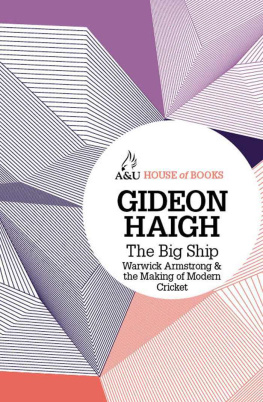
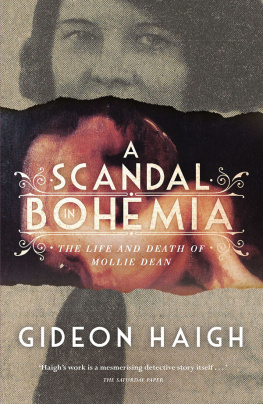

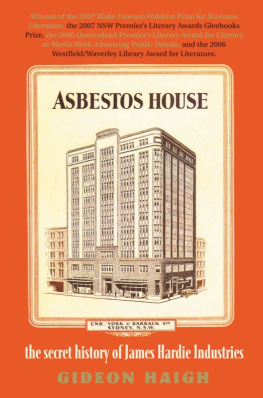
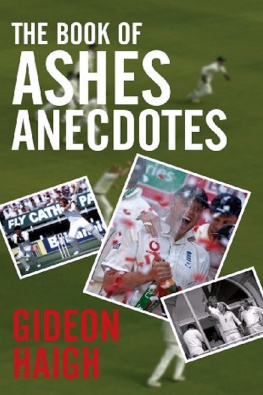
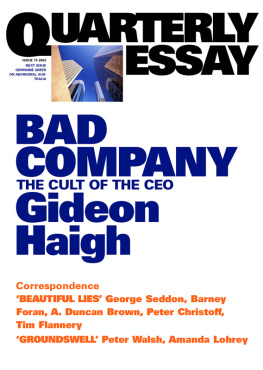
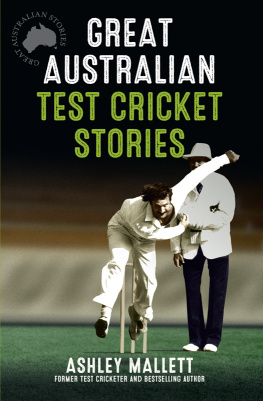


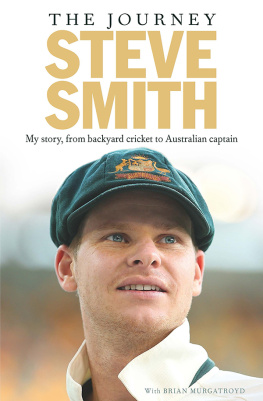
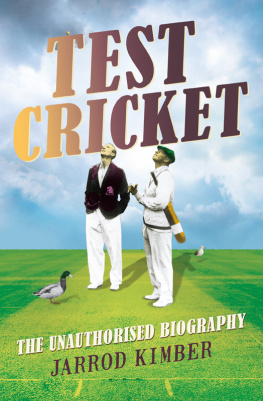


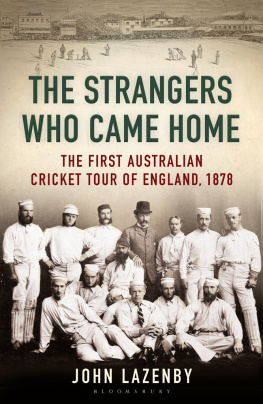

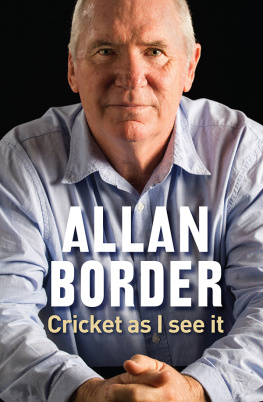
 HOUSE of BOOKS
HOUSE of BOOKS